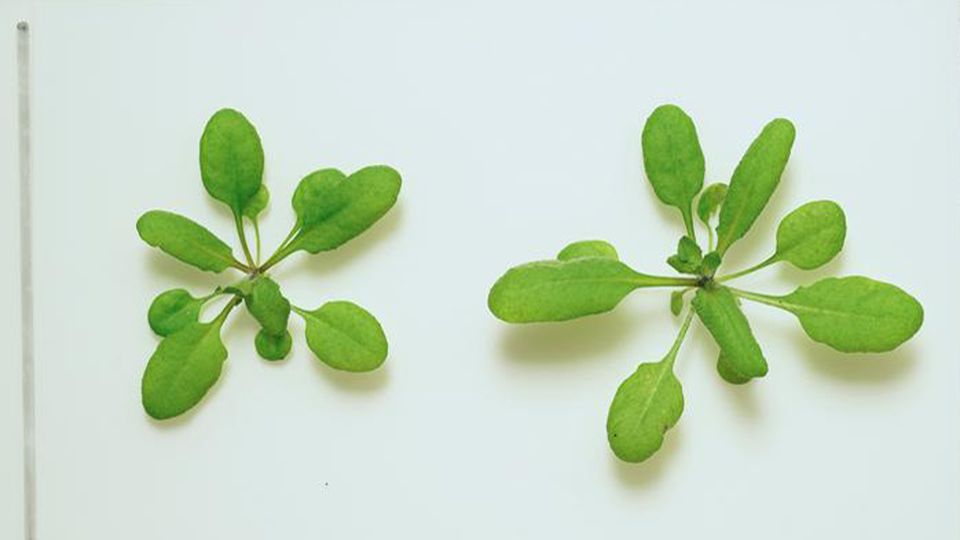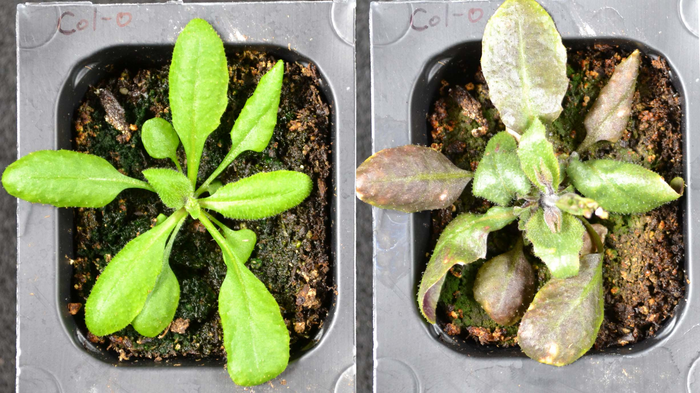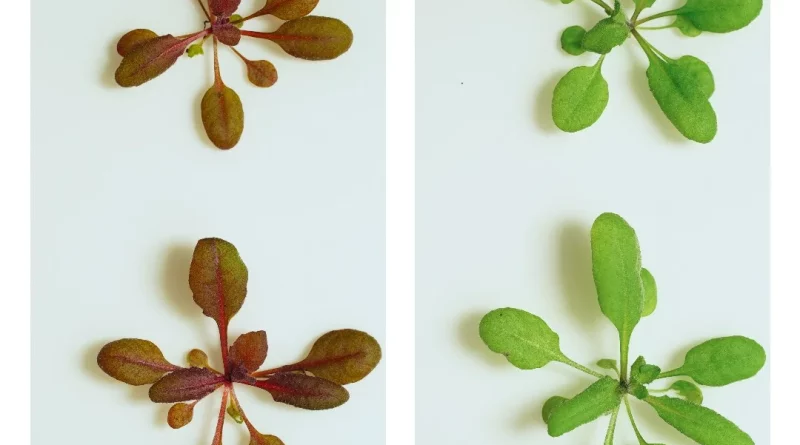Plants transformed into detectors of dangerous chemicals
In a remarkable breakthrough, scientists at the University of California Riverside have embarked on a pioneering journey, transforming ordinary plants into vigilant detectors of hazardous chemicals. Imagine your houseplant serving as an environmental sentinel, signaling potential dangers by turning beet red in the presence of toxic substances. This innovative concept is no longer confined to the realm of science fiction; it is a tangible achievement that could revolutionize how we monitor and respond to environmental threats.

The Engineering Marvel: Repurposing Plants as Environmental Sensors
At the heart of this transformative endeavor lies a significant engineering challenge: how to empower a plant to detect and respond to specific chemicals without compromising its fundamental ability to thrive. Professor Ian Wheeldon, specializing in chemical and environmental engineering at UC Riverside, emphasizes the pivotal breakthrough in repurposing plants as environmental sensors.
“The biggest piece here is we’ve developed new ways to repurpose plants so that they can act as environmental sensors,” notes Wheeldon. “A key challenge was to do this without disrupting the plant’s ability to grow and develop properly. This new system achieved this, as best we can tell.”
Published in the journal Nature Chemical Biology, the research details the ingenious chemistry behind this feat. The process involves manipulating a protein responsible for sensing a plant hormone called abscisic acid (ABA). ABA helps plants adapt to environmental stress, and during conditions like drought, it prompts the plant to close pores in its leaves and stems to conserve water.
The breakthrough occurred when the research team demonstrated that ABA receptor proteins could be trained to bind to chemicals beyond ABA. This revelation opened the door to creating sensors for various chemicals, including banned pesticides.
Living Plant Sensors: A Visual Indicator of Environmental Threats
The ultimate goal of the research is not merely to develop diagnostic tests but to engineer living plant sensors capable of visually signaling the presence of specific chemicals. The team achieved this by rewiring the receptor system, resulting in plants turning beet red when exposed to the target chemical. In a notable demonstration, the pesticide azinphos-ethyl, banned in many regions due to its toxicity, triggered this visual response.
Professor Sean Cutler, specializing in plant cell biology at UC Riverside, envisions a future where fields of these engineered plants serve as visible indicators of banned pesticides. “Our goal is to be able to easily detect chemicals in the environment from a distance,” states Cutler. “If you had a field of these and they turned red, that would be a pretty obvious visual indicator that someone was using the banned pesticide.”
Expanding the Sensor Network: Beyond Pesticides
In a parallel experiment, the researchers showcased the ability to transform another living organism, yeast, into a sensor that responds to two different chemicals simultaneously. The focus now shifts to replicating this capability in plants, envisioning a scenario where plants could detect a multitude of chemicals, providing valuable environmental information for years.
Cutler emphasizes the potential applications beyond pesticides, envisioning a future where engineered plants sense a myriad of chemicals, including pharmaceuticals and antibiotics in water supplies. The ability to stack multiple sensors within a single plant presents an exciting avenue for environmental monitoring, although current capabilities are limited to detecting two chemicals simultaneously.

Challenges and Future Prospects
While the prospect of plants serving as living sensors holds immense promise, the technology is still in its infancy. Regulatory approvals for commercial cultivation would be a lengthy process, and various technological and ethical considerations need addressing before real-world applications can be realized. However, the transformative potential of this discovery prompts exploration into innovative solutions for persistent environmental challenges.
“We engineered plants to turn beet red when they sense a banned chemical, and we’re working towards being able to sense any chemical in the environment,” Cutler affirms. “Not just pesticides, but drugs like pharmaceuticals and antibiotics in the water supply, things people are worried about being exposed to. These kinds of applications are within reach now.”
In conclusion
the melding of plant biology with cutting-edge engineering offers a glimpse into a future where our green companions serve not only as aesthetic additions to our living spaces but as active sentinels safeguarding us from unseen environmental threats. The journey from theoretical possibilities to tangible applications is underway, and the prospect of harnessing nature for environmental monitoring marks a significant stride toward a more sustainable and secure future.



